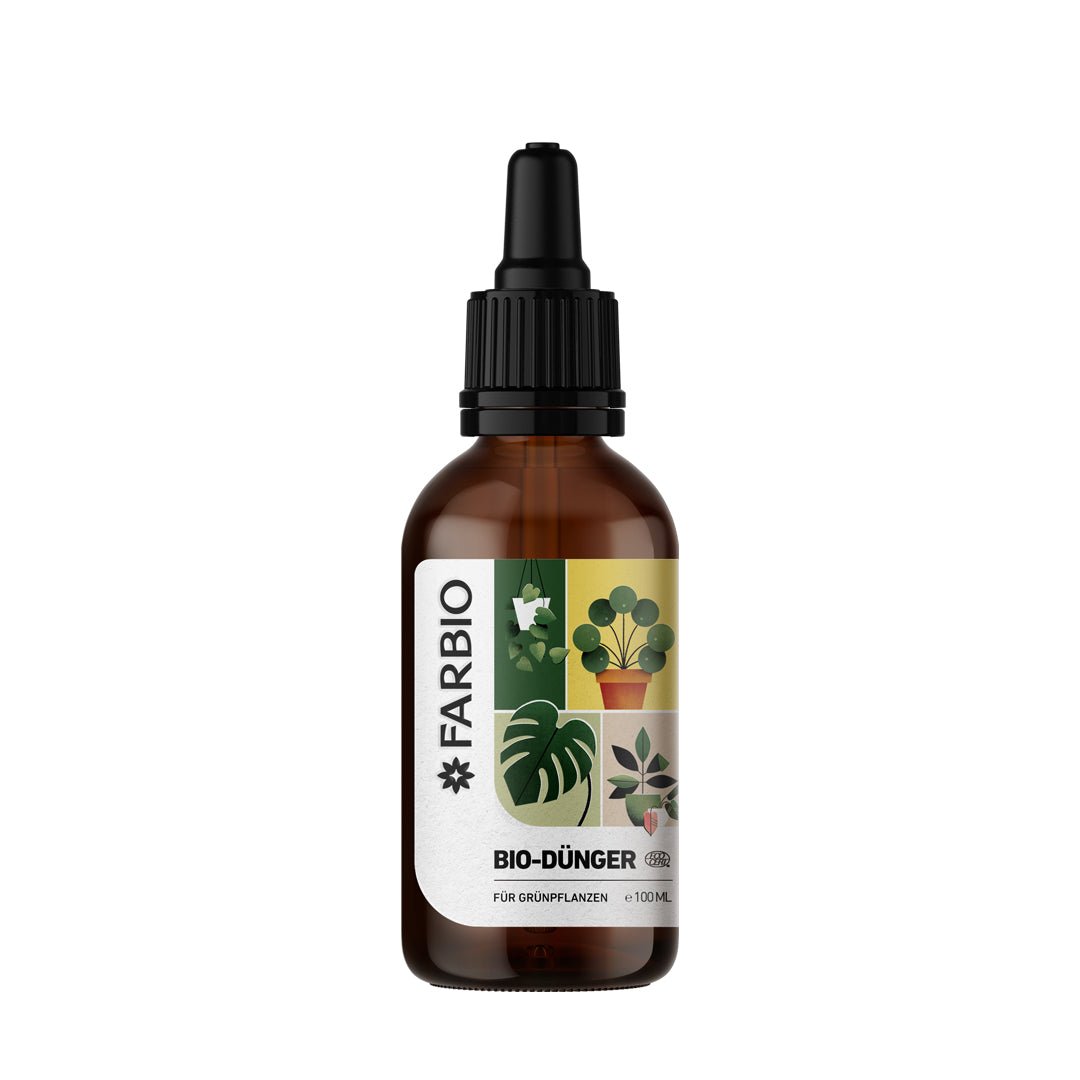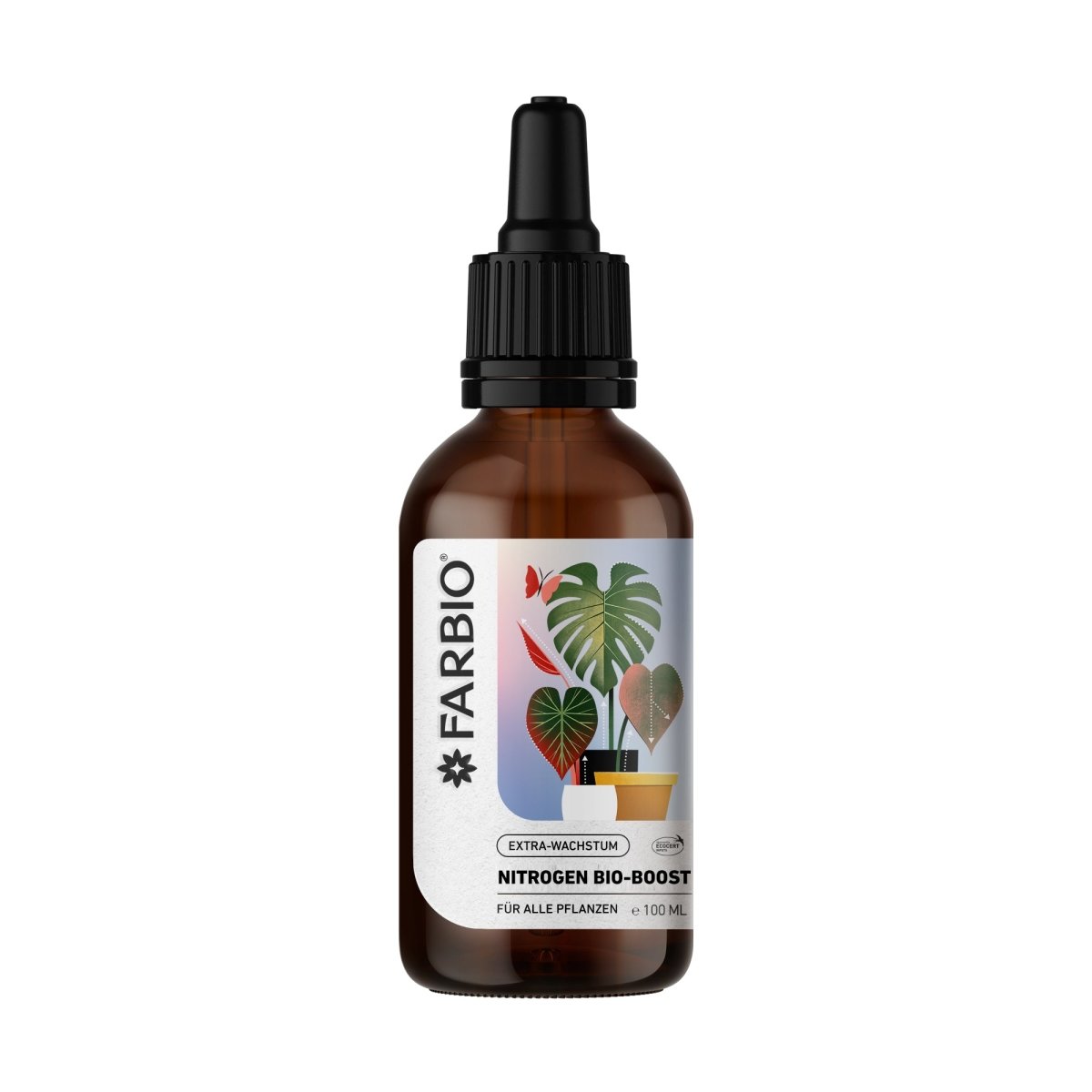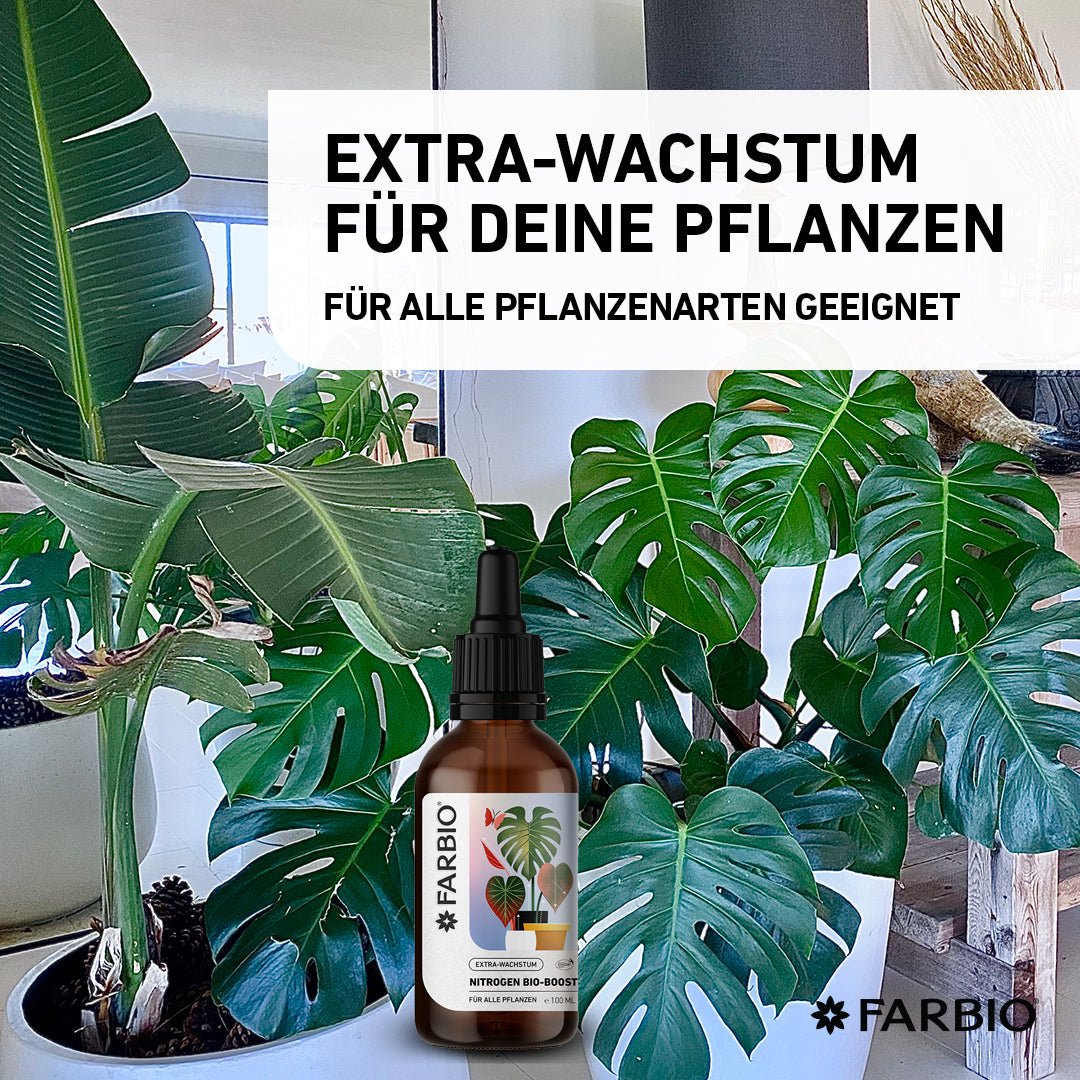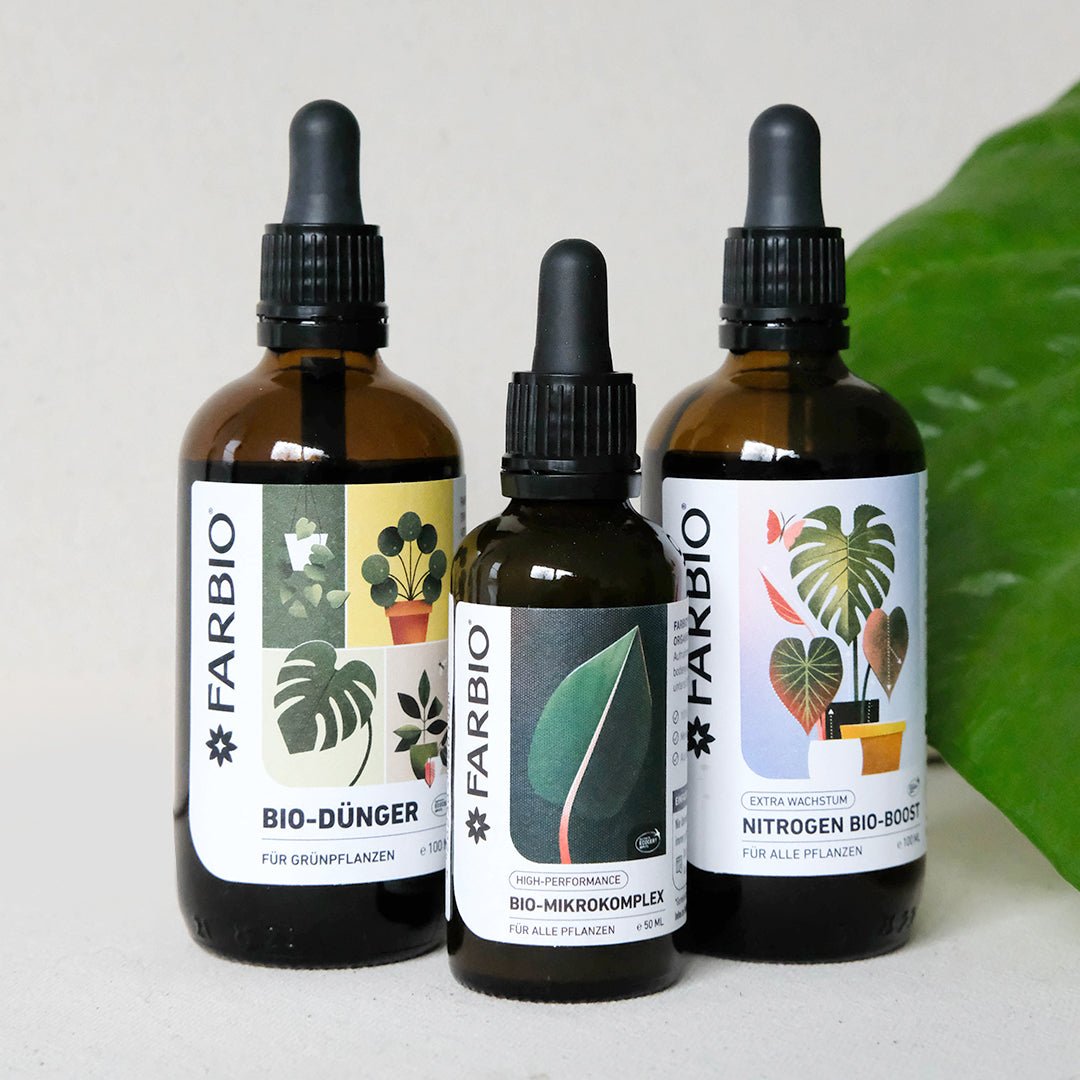What are roots?
The roots of a plant are one of its main organs. They consist of a main root and several branches, so-called secondary roots. These are covered with fine root hairs, which increase the surface area. In the innermost part of the root is the central cylinder, a vascular bundle for water and nutrients. This is covered by an endodermis and the root membrane. On the very outside, the root is protected by a layer called the root bark. The ends of roots consist of mucous tissue and are called root caps. Roots can increase in length as well as width. A root is often the first thing to grow on a seedling underground. Only after a root has developed are the above-ground parts of the plant formed. Almost all plants have root systems, but mosses are the exception. They only have small hairs and water and nutrients are absorbed through leaves.
What are the functions of a plant's roots?
The most important function of roots is nutrient and water absorption. These are absorbed from the soil as mineral salts in the form of ions and transported from the roots to the remaining parts of the plant. In young plants, the entire surface of the roots can absorb substances, but as the aging process occurs, the roots become corked. Then only the root hairs, also called fine roots, can do this. Secondary substances are also produced in the root system of a plant, such as the phytohormone cytokinins. They also give a plant support because they anchor it in the ground.

Types of roots explained simply
A main distinction is made between heterogeneous and homogeneous roots. With a heterogeneous root system, the main root grows strongly downwards and several secondary roots are present. A homogeneous root system consists only of several branches of the same roots. However, how deep the roots can grow does not depend on the plant, but on the conditions of the soil.
Taproot / Deep-rooted
A taproot refers to a main root that can penetrate deep into the earth's layers. This means that water can be absorbed from the lower layers of the earth and the plant is not dependent on rainfall. When thickened, it can also serve as a storage organ for the plant. Carrots and sugar beets are known to use this thickening of the taproots to store reserve substances and water. So-called deep-rooted plants usually have a taproot and therefore have a high level of stability.
Shallow-rooted
The opposite is the case with shallow roots, whose roots only grow into the ground directly below the surface and mainly absorb rainwater that seeps away. These plants are not particularly resilient.
Heartroots
Plants that are referred to as heartroots have roots that can grow to medium depths and adapt very well to general soil conditions. It is a hybrid of deep and shallow roots, because it has roots close to the surface as well as in deeper layers of the earth.
Support roots
Support roots are a special form of roots because some plants develop them in order to find a better grip. These roots form in addition to the plant's main root system. A well-known example is the corn plant.
aerial roots
The aerial roots are well known because many houseplants such as the monstera or orchid have these roots that grow above ground. These types of roots develop when plants grow on other plants rather than in the ground. That's why they are also called epiphytes. Nutrients and water can be absorbed from the air with these roots. Some aerial roots can even carry out photosynthesis.
Traction roots/contraction roots
Some plants have so-called traction roots or contraction roots, which ensure that the plant's storage organ is not moved upwards from the soil. So you hold this storage organ like an anchor in the ground. The onion is well known and is held in place by many small roots in the ground.
rhizome
Then there are the rhizomes, which can be part of a plant's root system but are not actually roots. They are underground trunks that run parallel to the earth's surface. They are used by the plant to reproduce and store starch. Rhizomes have nodes called internodes from which roots and tiny shoots with leaf bases grow. Well-known plants with rhizomes are turmeric and ginger.
Promoting root growth through fertilization
Supply your plants with all important main and micronutrients to ensure healthy development of the root system and the entire houseplant. The FARBIO® NPK organic liquid fertilizer for green plants is very suitable for supplying your plants with the essential nutrients and thus helping them to develop healthily in the long term.















